WHAT IS OSTEOPATHY?
“Structure Dictates Function”
Osteopathy is the study of the human body as it functions in both health and disease. Our bodies are a complex group of connected systems, integrated organisms whose performance is directly tied to how well the functions within our own body work in harmony with one another.
The Rehab Room uses a unique combination of precise palpatory and mobilization techniques to assess your entire structure to find the root cause of your discomfort. We create a customized treatment plan to guide rehabilitation and prevent future health problems. This comprehensive approach is specifically designed for each client’s individual recovery journey.
Osteopathy is a comprehensive recovery tool that compliments and supports orthodox medicine. It combines the scientific knowledge of the conventional medical sciences with specialized methods of evaluation and treatment.
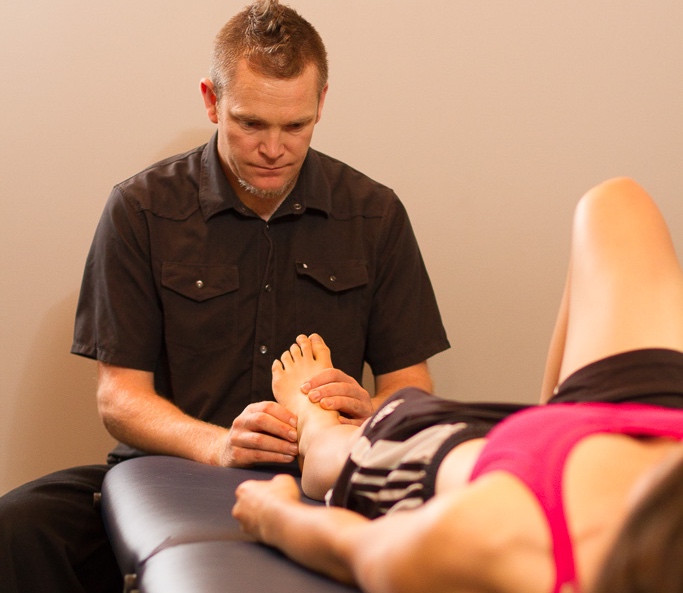
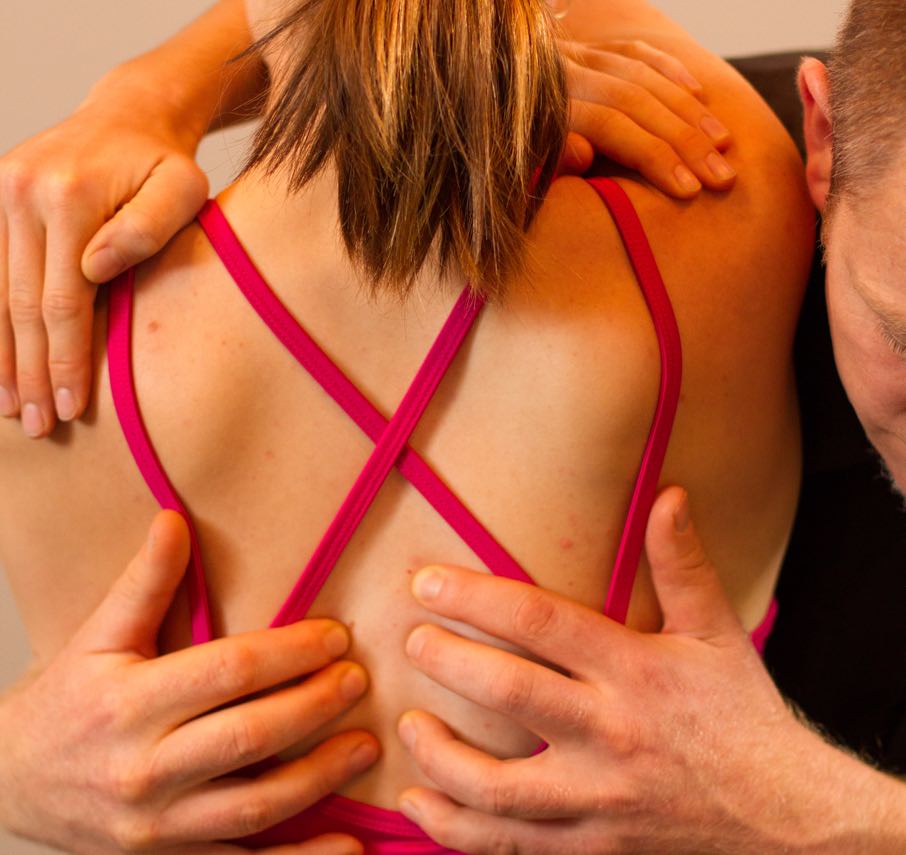
OSTEOPATHY TECHNIQUES
“With every piece of the whole aligned in perfect harmony, the body has the power to achieve its optimal performance potential”.
Manual Osteopathy is based on the Tensegrity concept that emphasizes the structural integrity of the body. By focusing on the optimal positioning of the fascia, bones, muscles, viscera and everything in-between, practitioners help clients fortify these connections, strengthening overall function and performance.
Each body has an individual structure. Every client’s path to recovery and strength is different. At the Rehab Room, we have a unique set of tools, experience
Below are some of the specific techniques clients can expect.
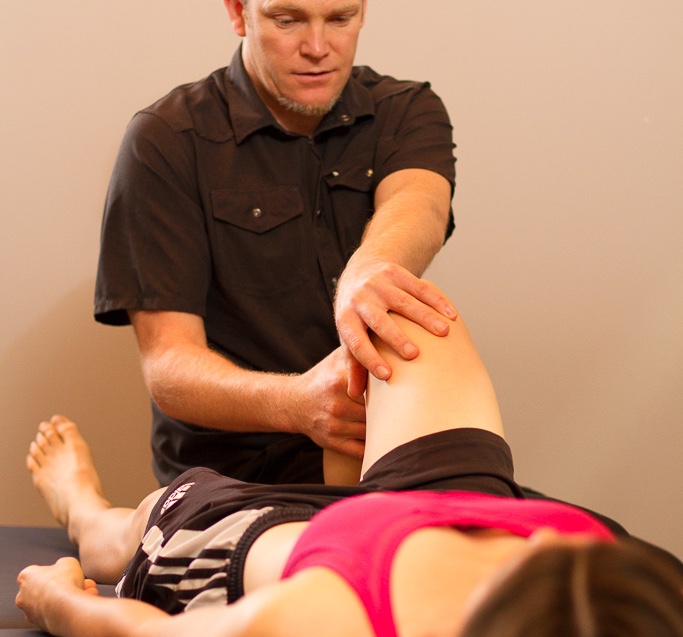
Joint Pumping
Our bodies are comprised mainly of fluid (70%-80%). This fluid is the key element in the health of our fasciae, the thin, fibrous tissue that surrounds our muscles and organs connecting the different parts of our physical structure and helping it work in harmony. When we make a concentrated effort to move our bodies, this fluid flows throughout. Maintaining the flow of fluids is an important part of healing, particularly during acute and chronic inflammatory processes.
The action of Joint Pumping encourages the fluid flow and works to improve the function of a specific joint, fasciae, tendon, ligament, or bursae and capsule. There are many different pumping techniques each targeting specific areas of the body. They all aid the healing process, reduce inflammation and improve range of motion and joint function.
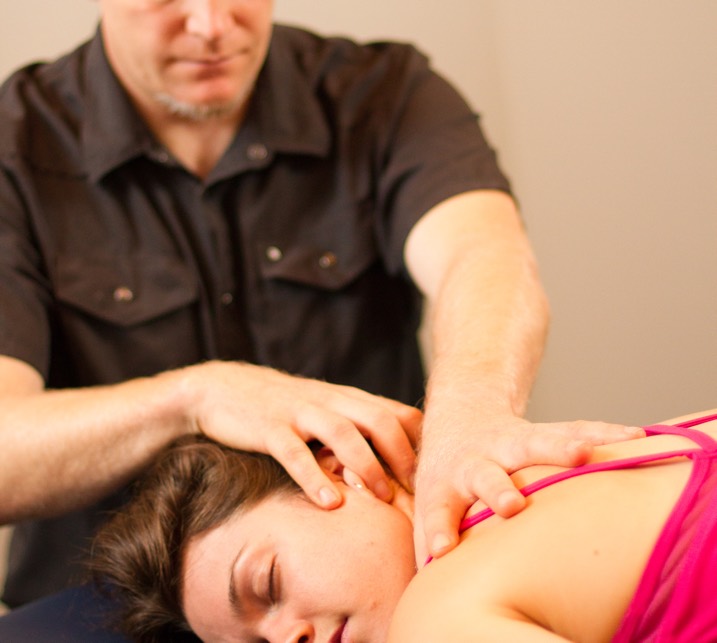
Fascia Normalization
“Fascia is the link, it is the link between all structures of the body making the body a global structure.”
Fascia is densely woven connective tissue covering and connecting every muscle, bone, nerve, artery and vein as well as all internal organs including the heart, lungs, brain and spinal cord. The most interesting thing about the fascial system is that it is actually one singular structure that exists from head to foot without interruption.
When in a healthy state, our fascia is relaxed and moves without restriction. However, when we experience physical trauma, scarring or inflammation, our fascia loses its pliability, becoming tight and restricted. This tension affects our body in a myriad of ways. Unfortunately, things like trauma, surgery, stress, or even habitual poor posture can accumulate tension, affecting the way our body functions. A tense fascial system in one spot can influence other areas of the body, therefore exerting excessive pressure and creating pain or restricting motion.
Fascial Normalization techniques are the foundation of treating severely acute issues. These techniques work to reduce the problematic tension and restore function by returning the fascial system to its optimal relaxed state.
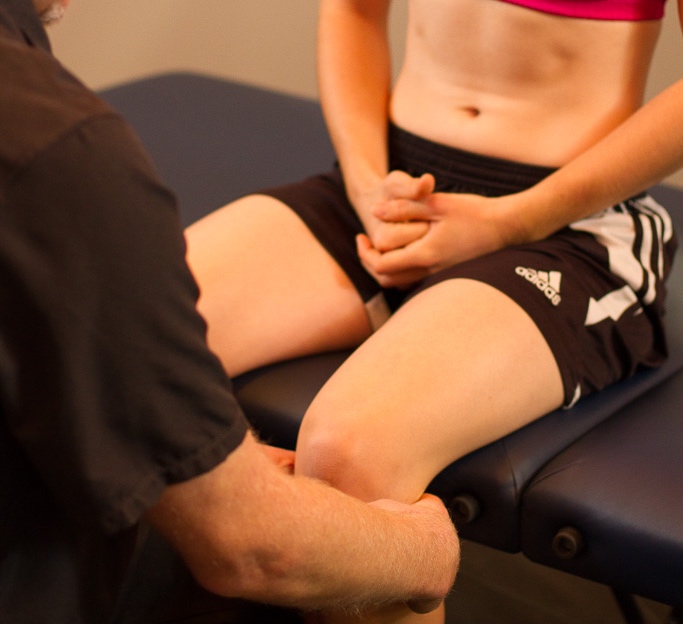
TTLS (Transverse Tendonous & Ligamentous Stretching)
TTLS is a technique that addresses the structural needs and sensory functions of ligaments and tendons. Our body’s ligaments and tendons contain specialized cells that work to provide sensory information to our central nervous system. Because our ligaments and tendons have a larger proportion of these sensory cells compared to other areas of our body, different treatment strategies and exercises are required.
By paying particular attention to the treatment and recovery of ligaments and tendons, we can increase the vascularization of the tissues. This means encouraging an increase in the flow of the fluid and cells that work to keep the connections of the body in harmony. It also means you can improve the sensory information travelling from the ligaments and tendons to the central nervous system, improving the health and performance of an area that is chronically or acutely injured.
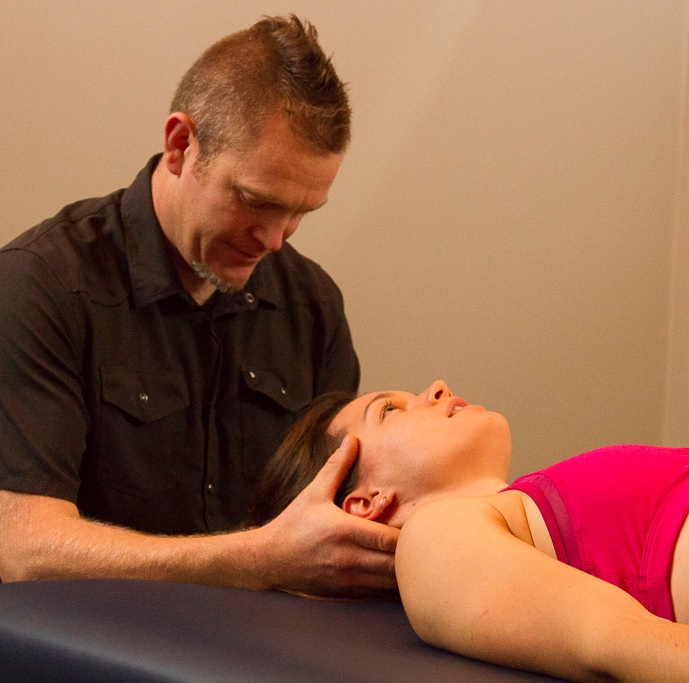
Craniosacral Therapy
First introduced in the 1930s, Craniosacral Therapy (CST) focuses on the anatomy and biomechanics of the skull. By using touch to gently manipulate and encourage the circulation of the cerebrospinal fluid (the fluid that cushions and connects the brain and spinal cord), CST helps to reduce tension and increase mobility from the skull down the spine to the pelvis.
At The Rehab Room, Craniosacral Therapy is one part of our concussion recovery protocol.
